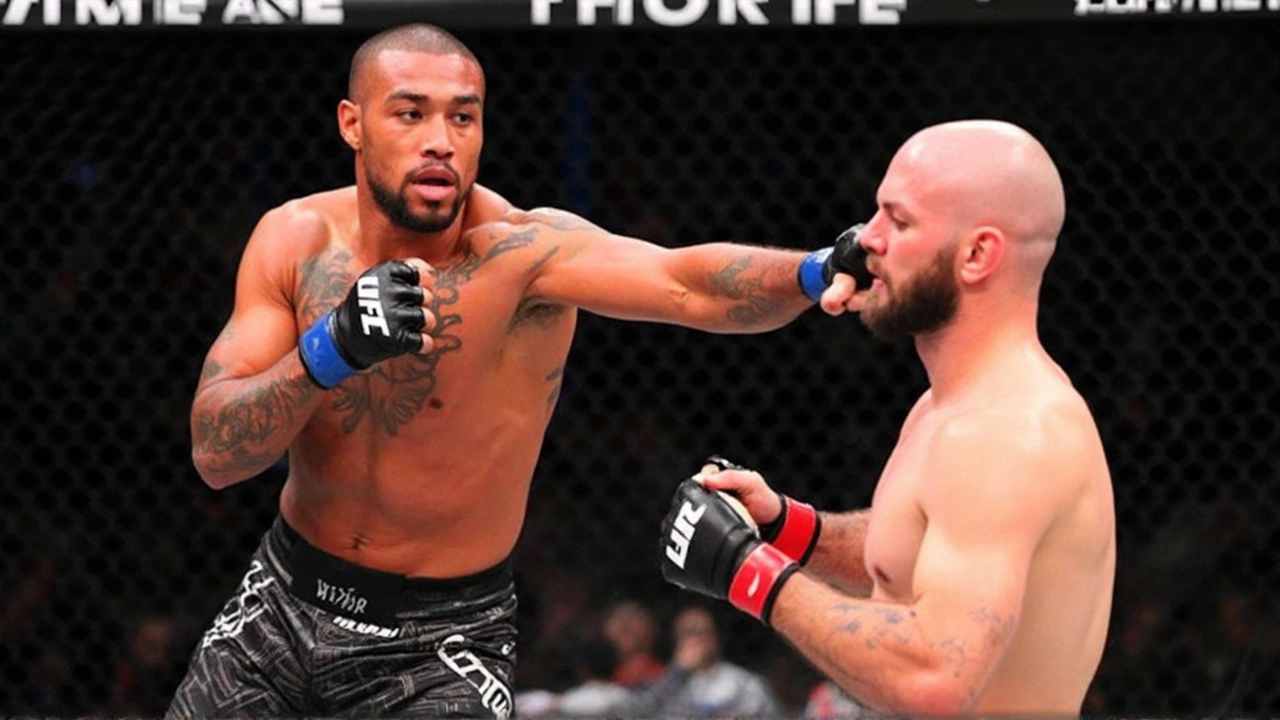UFC Odds Explained – A Simple Guide for Fans and Bettors
If you’ve ever opened a betting app and saw something like "John Doe -150" or "Jane Smith +200" you’ve probably wondered what those numbers really mean. In the world of mixed‑martial‑arts they’re called UFC odds, and they’re the key to finding value in any fight. This guide breaks down the basics, shows you how odds are calculated, and gives practical tips you can use right now.
How UFC Odds Are Calculated
UFC odds come in three common formats: American (or moneyline), decimal, and fractional. Most US sportsbooks stick with the American style, where a negative number shows how much you must bet to win $100, and a positive number shows how much you win on a $100 bet. For example, "-150" means you risk $150 to make $100, while "+200" means a $100 stake wins you $200.
Behind those numbers is a blend of factors: a fighter’s recent record, the quality of past opponents, injury news, and even how many people are already betting on each side. Bookmakers also add a margin – called the vig – to guarantee a profit regardless of the outcome. That’s why the implied probabilities of both sides usually add up to more than 100%.
To convert American odds to a percentage, use a quick formula. For negative odds, divide the absolute value by (absolute value + 100). So, -150 becomes 150 / (150 + 100) = 60%. Positive odds use 100 / (odds + 100). +200 becomes 100 / (200 + 100) = 33%.
Understanding the implied probability helps you spot when a fighter is undervalued. If you think a fighter has a 55% chance to win but the odds only suggest 45%, that’s a potential betting edge.
Tips for Using UFC Odds in Your Bets
1. Compare multiple sportsbooks. Odds can differ by a few points between platforms. Even a small shift can affect your long‑term profit, so open a couple of accounts and shop for the best line.
2. Track line movement. If odds move quickly toward one fighter, the market is reacting to new information – maybe a late weight‑cut issue or a leaked injury. Use this data to confirm your own analysis or to avoid a sucker‑bet.
3. Don’t chase the favorite. Heavy favorites (-300 or lower) often carry a built‑in risk because the payout is tiny. Look for match‑ups where the underdog (+250 or higher) has a realistic chance based on style, reach, or recent performance.
4. Factor in fight style. Strikers, grapplers, and all‑rounders each have different success rates against specific opponents. When a striker faces a grappler, the odds may not fully reflect the grappling risk. Dive into the stats and adjust your expectations.
5. Bankroll management matters. Stick to a fixed percentage of your total betting money per fight – most pros recommend 1‑2%. This protects you from big swings when a favorite unexpectedly loses.
UFC odds are more than just numbers; they’re a snapshot of market opinion and a tool for smarter betting. By learning how they’re set, converting them to real probabilities, and applying the tips above, you’ll start making decisions based on data instead of hype.
So next time you see a fight card, grab your phone, check the odds, do a quick probability check, and place a bet that feels backed by logic. Whether you’re betting for fun or aiming to turn a profit, understanding UFC odds is the first step to staying ahead of the fight game.




